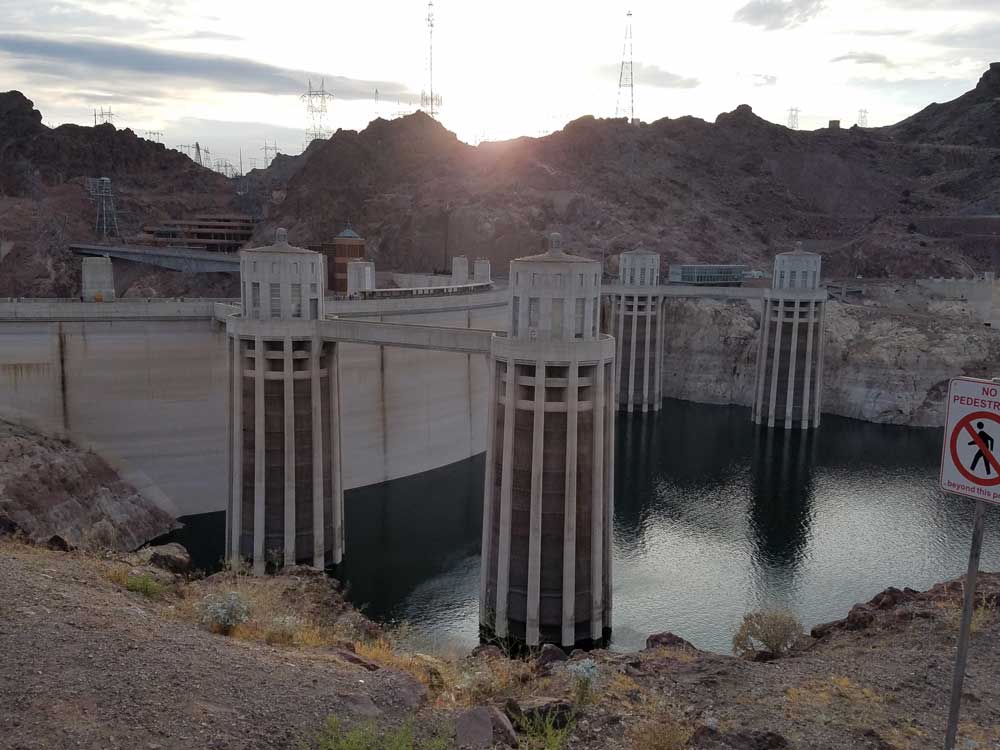Nevada Travel Guide
State where nearly three-quarters of Nevada's people live in the Las Vegas-Paradise metropolitan area, and is largely desert, much of it within the Great Basin and Mojave Desert, with the Sierra Nevada on the western edge
Nevada Map
Places to See in Nevada
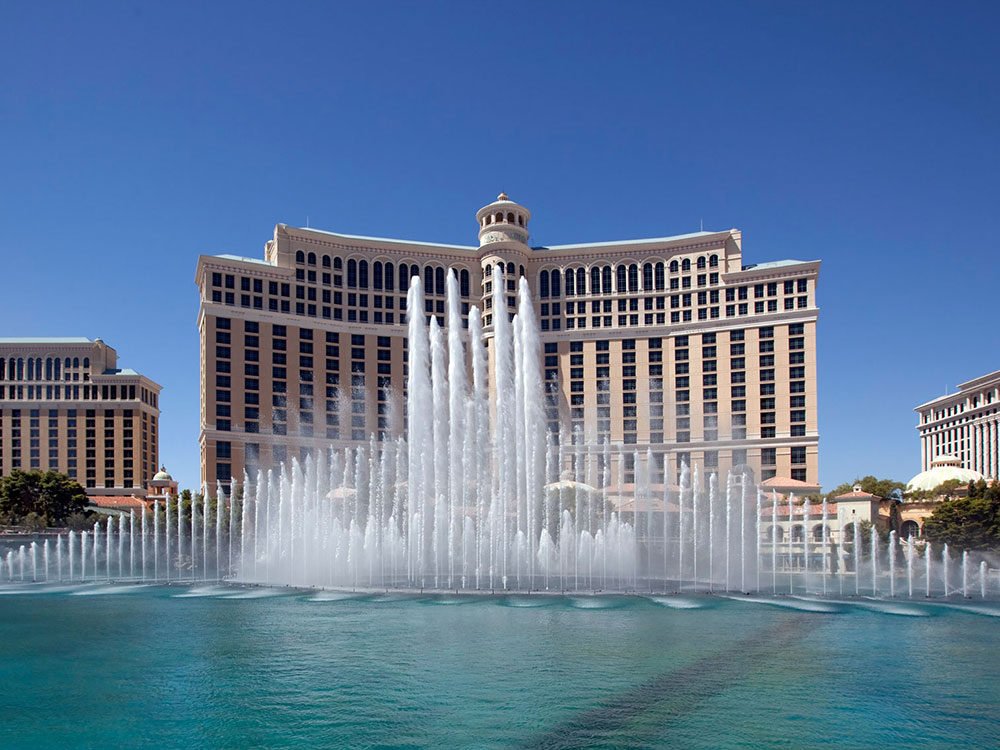
Bellagio Hotel and Casino
Carol M. Highsmith, Public domain, via Wikimedia Commons; Image Size Adjusted
Las Vegas
Internationally renowned major resort city, known primarily for its gambling, shopping, fine dining, entertainment, and nightlife
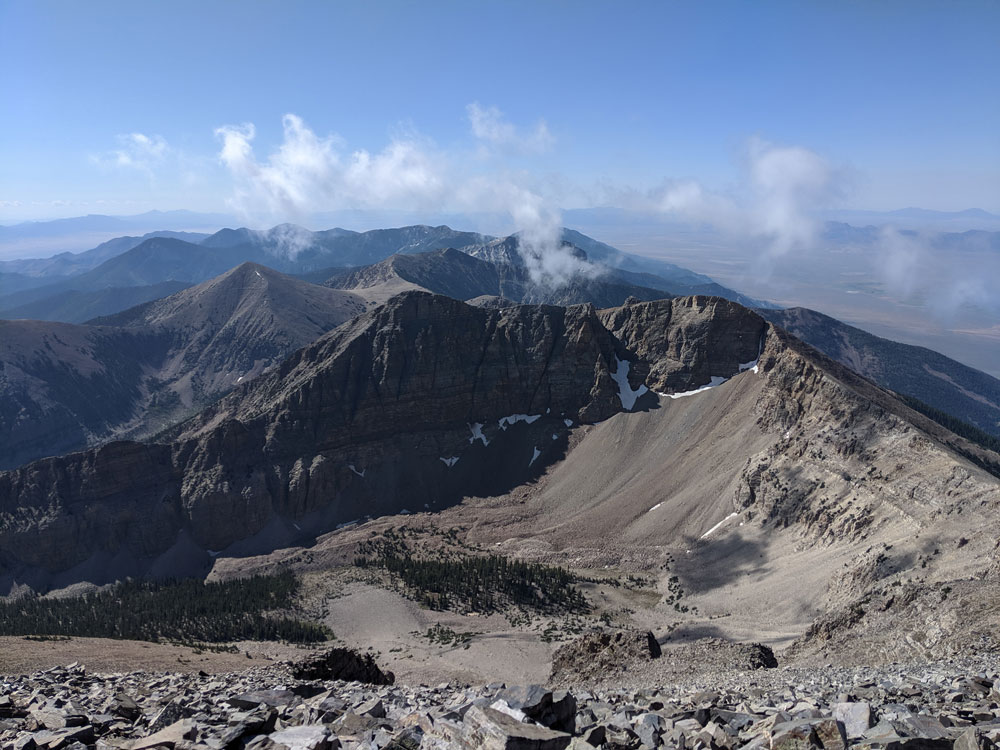
Derrellwilliams, CC BY-SA 4.0, via Wikimedia Commons
Great Basin National Park
Named for the dry and mountainous region and notable for its groves of ancient bristlecone pines, the Lehman Caves, as well as Wheeler Peak Glacier
Hoover Dam
Concrete arch-gravity dam on the border between Nevada and Arizona, constructed between 1931 and 1936 during the Great Depression
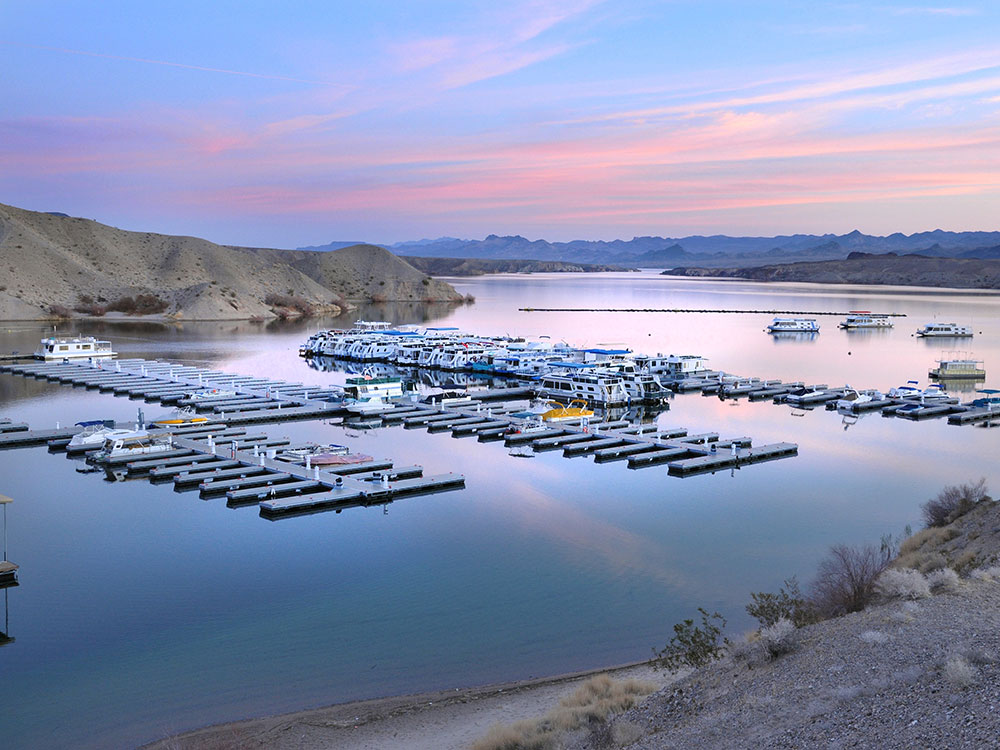
Murray Foubister, CC BY-SA 2.0, via Wikimedia Commons; Image Size Adjusted
Lake Mead National Recreation Area
Follows the Colorado River corridor including all of Lake Mead as well as the smaller Lake Mohave
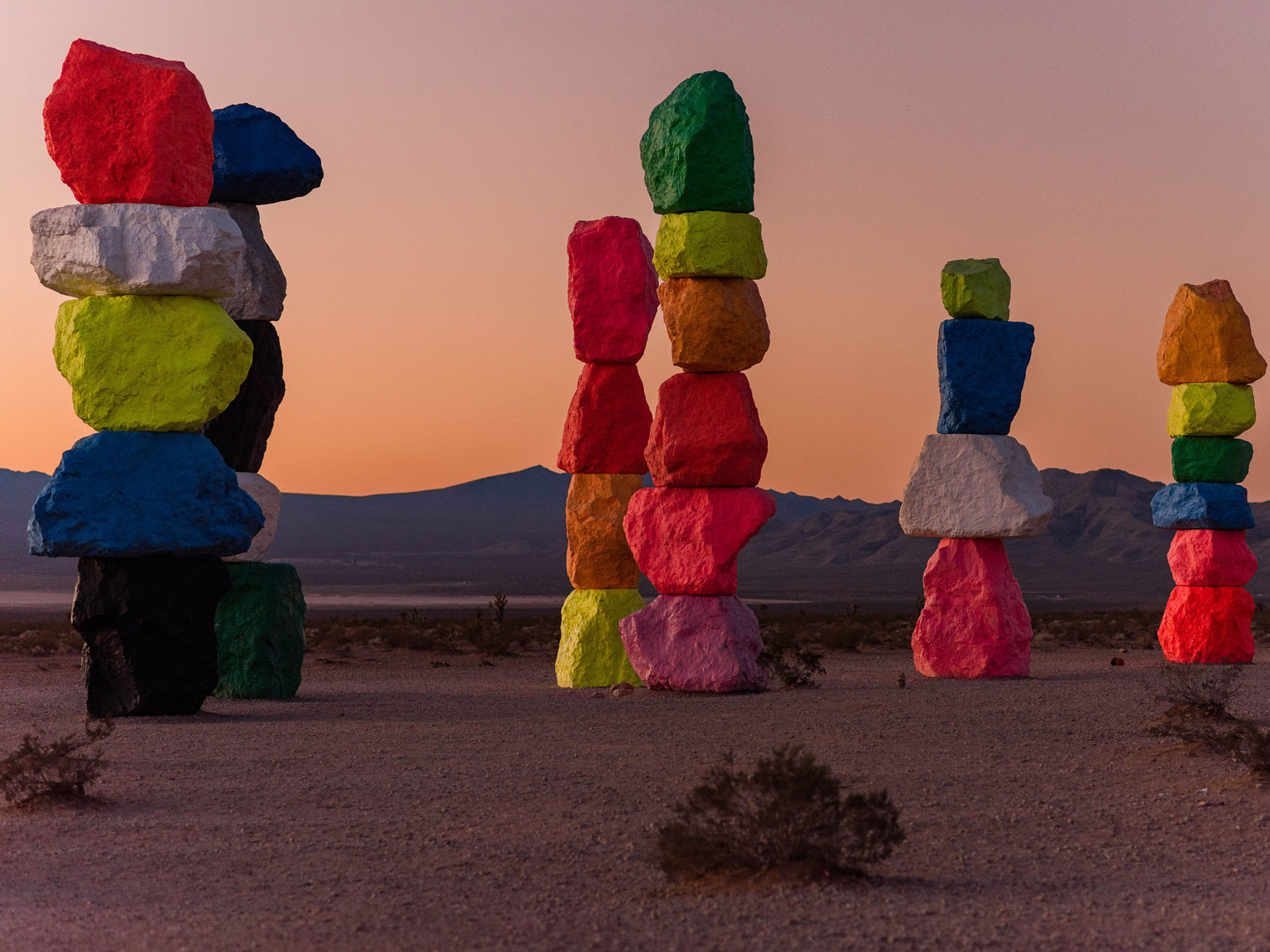
Seven Magic Mountains
Photo by
Elizabeth Villalta on Unsplash; Image Size Adjusted
Overview
Nevada is a state in the Western region of the United States. Nearly three-quarters of Nevada's people live in Clark County, which contains the Las Vegas-Paradise metropolitan area, including three of the state's four largest incorporated cities. Nevada's capital is Carson City.
Nevada is officially known as the "Silver State" because of the importance of silver to its history and economy. The name means "snowy" in Spanish, referring to Nevada's small overlap with the Sierra Nevada; however, the rest of Nevada is largely desert and semi-arid, much of it within the Great Basin. Areas south of the Great Basin are within the Mojave Desert, while Lake Tahoe and the Sierra Nevada lie on the western edge. About 86% of the state's land is managed by various jurisdictions of the U.S. federal government, both civilian and military.
Nevada has a reputation for its libertarian laws. In 1940, with a population of just over 110,000 people, Nevada was by far the least-populated state, with less than half the population of the next least-populous state, Wyoming. However, legalized gambling and lenient marriage and divorce laws transformed Nevada into a major tourist destination in the 20th century. The tourism industry remains Nevada's largest employer, with mining continuing as a substantial sector of the economy: Nevada is the fourth-largest producer of gold in the world.
Nevada is almost entirely within the Basin and Range Province and is broken up by many north-south mountain ranges. The mountain ranges, some of which have peaks above 13,000 feet (4,000 m), harbor lush forests high above desert plains, creating sky islands for endemic species. The valleys are often no lower in elevation than 3,000 feet (910 m), while some in central Nevada are above 6,000 feet (1,800 m).
The southern third of the state, where the Las Vegas area is situated, is within the Mojave Desert.
Nevada has 172 mountain summits with 2,000 feet (610 m) of prominence. Nevada ranks second in the United States by the number of mountains, behind Alaska, and ahead of California, Montana, and Washington.
Recreation areas maintained by the federal government
Northern Nevada:
- California National Historic Trail
- Humboldt National Forest
- Great Basin National Park
- Old Spanish National Historic Trail
- Pony Express National Historic Trail
- Ash Meadows National Wildlife Preserve
- Bootleg Canyon Mountain Bike Park
- Toiyabe National Forest
- Inyo National Forest
- Mount Charleston and the Mount Charleston Wilderness
- Spring Mountains and the Spring Mountains National Recreation Area.
- Lake Mead National Recreation Area
- Death Valley National Park
This article uses material from the Wikipedia article "Mount Charleston", and "Mount Charleston, Nevada", which is released under the Creative Commons Attribution-Share-Alike License 3.0
